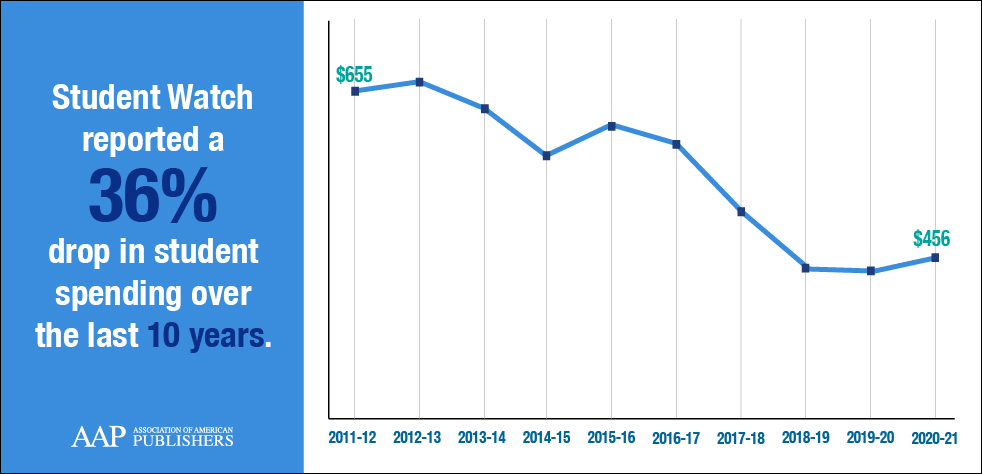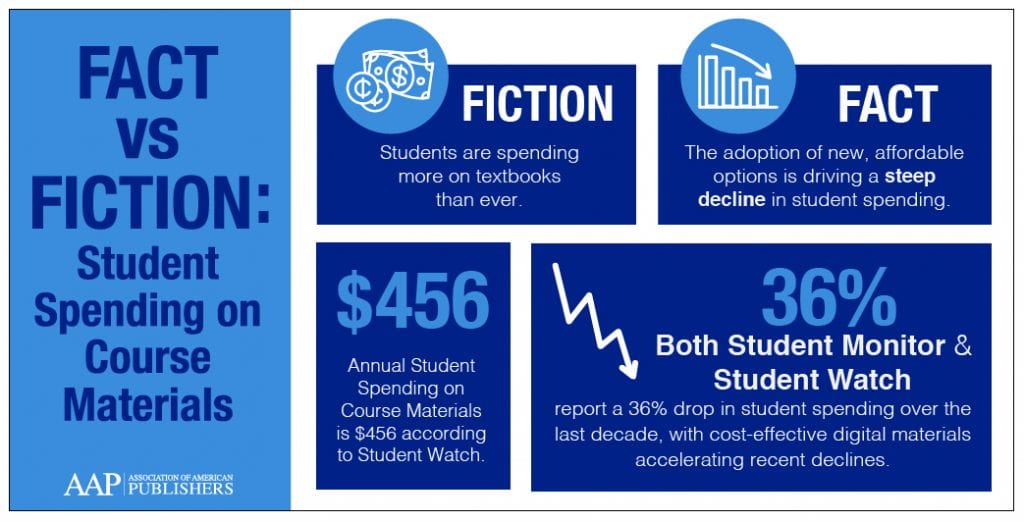June 16, 2021
Education Publishers Focus on Quality, Affordability and Accessibility Made Learning Possible During Pandemic

The 2020-2021 academic year presented incoming students with the unprecedented challenge of learning in a new virtual environment. Many students – and some educators – felt unprepared and unsure of how they might access the materials they needed to succeed in this virtual learning environment. Without the ability to access libraries, classrooms, and physical materials, students, teachers, and parents alike were faced with the question of how to best serve students and set them up for success.
But as professors, teachers and students made the move to remote learning, publishers had their backs, with a wide range of new, online course materials that helped to alleviate some of the stress that accompanied this unusual – and rather unsettling — online school year. Education publishers were uniquely positioned to meet the moment and invest in change. As an industry, publishers have spent decades shifting first-rate content and learning solutions to a variety of innovative formats that better enable students to learn and succeed from anywhere at any time.
Here is some important background: in recent years, education publishers have focused on quality and affordability, as well as on ensuring that students have easy access, when creating education materials. Quality has, of course, always been a watchword for education publishers, who invest heavily – and annually – in ensuring that education materials are up to date, and top quality.
When it comes to affordability, publishers have embraced a wide array of new, affordable digital choices, including digital rentals, and inclusive access programs, that have helped fuel a phenomenal 36% decline in student spending on course materials over the past decade, according to independent researchers Student Watch and Student Monitor. In contrast to the overall rise in tuition and other college costs, the decrease in student spending on course materials is a rare bright spot, making the efforts of publishers more than a little noteworthy.

Because the focus on digital options isn’t new – publishers have been developing these materials for many years now — some instructors were already well versed in using digital alternatives when teaching, giving them a great advantage in switching to virtual instruction at the beginning of the pandemic.
To quote Donna Vandegrift, Dean of Rowan College at Burlington County,
“As a Dean, when COVID hit, we definitely had to readjust in a lot of ways. My division was uniquely prepared to pivot to support our students as they were learning remotely because we were using a lot of inclusive access materials. Our students and our faculty therefore had easy access to materials. Because our students and our faculty were familiar with the materials, they were able to readjust quickly to provide learning opportunities for their students in a remote environment. Students already knew what to do, and they were ready to do it. And our faculty didn’t need to take time to readjust. All of those new materials were easily accessible for the students and for the faculty.”
We’re proud that publishers made a positive academic experience possible during the pandemic, and even more proud that they make quality, affordability and accessibility their watchwords year in, and year out, making every academic year better, and some academic years – like the one we just had – possible.
VIDEO: Multi-Year Decline in Spending on Course Materials
INFOGRAPHIC: Student Watch Report
INFOGRAPHIC: FACT v. FICTION: Student Spending on Course Materials


